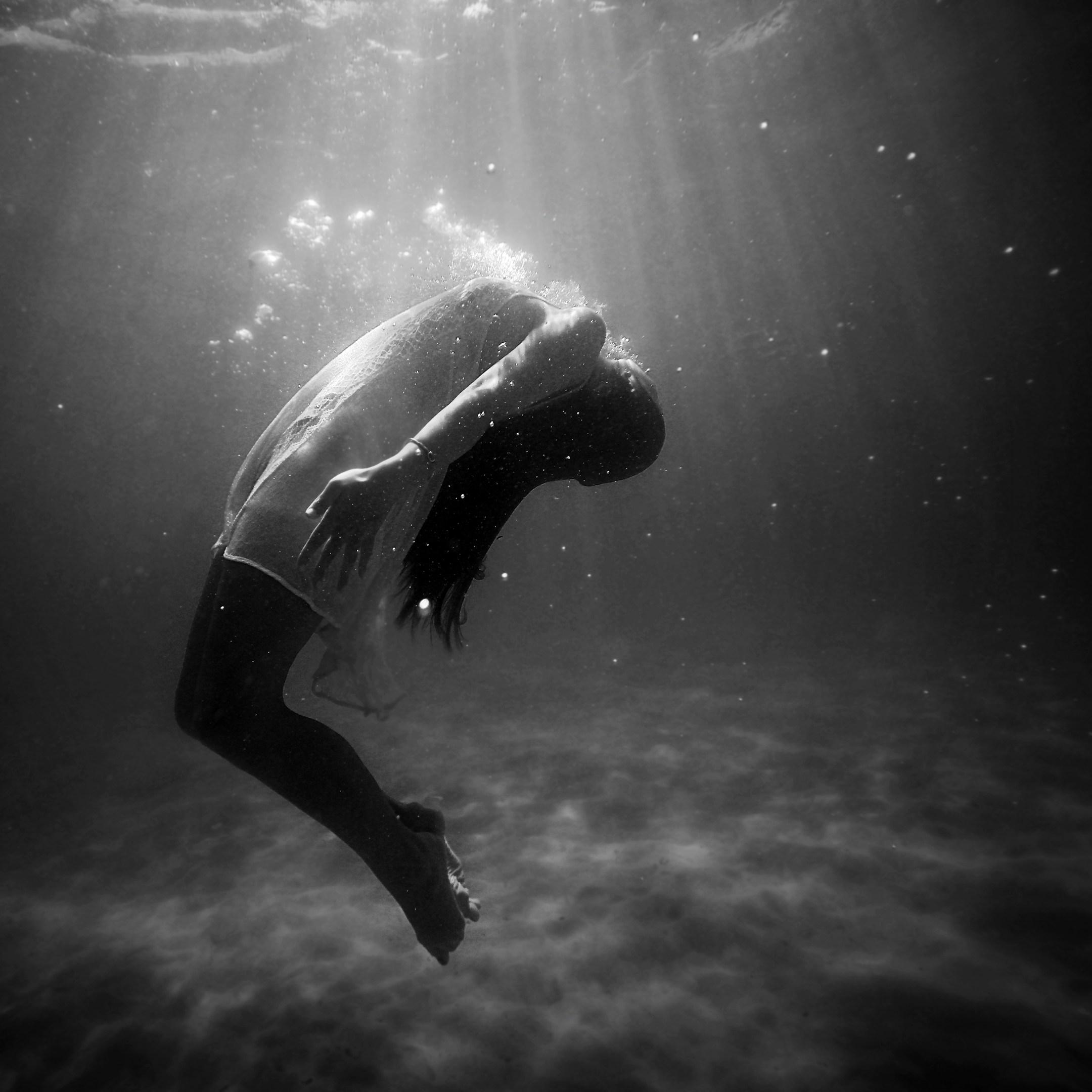
According to the National Center for PTSD, about 7 or 8 out of every 100 people will experience PTSD at some point in their lives. This can occur at any age, including childhood. Those who suffer from PTSD are often war veterans and survivors of physical and sexual assault, abuse, accidents, or disasters; however, it should be recognized that not everyone with PTSD has been through a dangerous event. In fact, some people experience PTSD after a friend or family member experiences danger, or are harmed. This includes the sudden, unexpected death of a loved one.
The diagnosis of PTSD may be given when a group of symptoms, such as hyper-arousal, intense anxiety, avoidant behavior, intrusive memories, nightmares, and attempts to “numb” memories of the event continue for more than a month after the occurrence of traumatic event.
To be diagnosed with PTSD, an adult must have all of the following for at least 1 month:
For a more detailed explanation of the symptoms of PTSD, please refer to the National Institute of Mental Health.
PTSD and Addiction
Daily, people are functioning in crisis mode. Though their conflicts are not usually the result of a natural disaster, or war, many are the victims of poverty, childhood abuse, domestic violence, sexual assault, and traumatic physical injury. It’s not unusual for those struggling with PTSD to use drugs or alcohol in attempt to anesthetize the physical/emotional/spiritual pain they are feeling. Over time, if this cycle is not interrupted with healthier coping mechanisms, chronic substance abuse creates a more complex dual diagnosis, in which recovery from PTSD must include recovery from substance abuse.
Acupuncture and PTSD
Acupuncture can be helpful in the treatment of Post-Traumatic Stress Disorder. The most common treatment involves inserting tiny needles into the ear (auricular acupuncture). Auricular acupuncture is one of the most common forms of acupuncture. It can treat a wide range of complaints, and has a strong history in helping those who suffer from PTSD.
The NADA protocol was developed by Michael Smith in the mid-1970s (NADA stands for the National Acupuncture Detoxification Association). A medical doctor in the South Bronx, Smith was searching for a way to treat common drug addictions and offer an alternative to methadone. By modifying a common auricular treatment, the NADA protocol was born, and proved to be extremely effective. Though initially developed to help treat addiction, it quickly became clear that the NADA protocol was helpful in treating PTSD.
The NADA Protocol
According to the founder himself, the NADA protocol works because these specific points in the ear “enhance” overall functioning by doing the following:
It is an effectively grounding and relaxing treatment that can be done anywhere, anytime. The NADA protocol consists of the insertion of small, stainless steel, disposable, acupuncture needles, into five points on the ear.
Normally, both ears are needled. Then the patient relaxes for 30-45 minutes in a safe, quiet space. Typically, the NADA protocol is done in a group setting to help build a support network among patients, and to help break down factors (and feelings) of isolation. Patients will often report an improved sense of well being after the treatment; I call it being in the Acu-zone and entering a state of Acu-phoria!
Recovery and Community
The mental and physical stress experienced by an individual caught in the middle of trauma, whether it is a natural disaster, a war zone, or a family in which abuse is happening is usually worsened by the breakdown of social infrastructure (including family, community, and government). This is where community acupuncture can play an important role in recovery. Treatment in a community acupuncture setting allows people to experience relief from stress and trauma together, as a community.
When the entire group feels calm and quiet and safe, strengths of the human spirit, like hope, determination and resiliency have the space to grow. There is less pain in the body, and less pain in the spirit. Put simply: Recovery from trauma involves physical relief, mental relief, accessible and affordable treatment, and a supportive, non-judgmental community.
Opening access to the treatment itself comes first. This occurs through eliminating unnecessary bureaucratic, socio-economic and environmental barriers to starting a program of recovery. The next task is to create a zone of peace (such as, The Wellness Ranch in Tumalo) within which patients can begin to experience their own inner strengths. Finally, and in respect to the other aspects, keep it simple. The NADA protocol is often used with other treatment modalities, such as counseling (equine assisted psychotherapy), support groups (community acupuncture) and self-help programs (trauma-informed yoga and meditation), to increase the overall effectiveness of care.
Sign up to stay updated on our articles and seasonal specials.